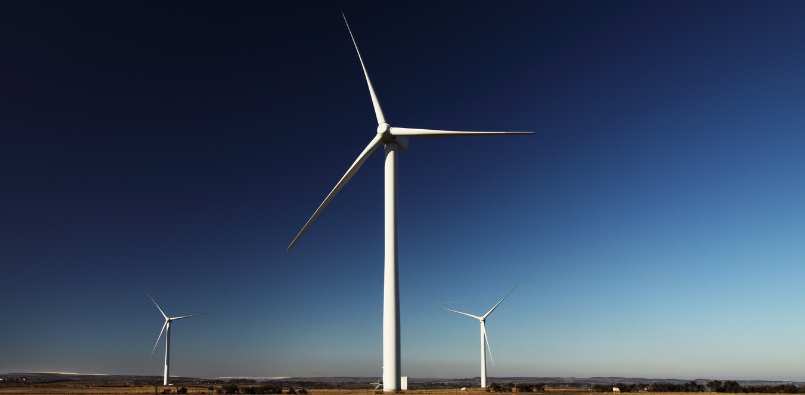Removing the barriers to low carbon heating
The UK Government has pledged to decarbonise the National Grid by 2035 and achieve net-zero emissions by 2050. Heating our homes and keeping our baths warm accounts for 17% of the UK’s overall CO2 emissions, for the majority of the UK households this will be greater than driving their car or taking several flights per year. Once you remove businesses from the UK’s figures and just look at a household’s CO2 emissions the figures become much more stark. An analysis by the Energy Systems Catapult, found that the average household generated 2,745 kg of CO2 emissions from heating, which is around 31% of an individual’s total.
With heating our homes such an important factor in reaching Net Zero, how do we achieve it?
The Government plan to achieve this is through the electrification of heating, and at the same time generate more renewable energy to fuel the electricity grid.
To set such policy ambition is brilliant. The aim is to ramp up the deployment of heat pumps each year to around 600,000 installations by 2028. This is a huge stretch from the 30,000 MCS-certified installations in 2022 registered between air and ground source technologies, but we have the technology so it could be said to be the moonshot of our time.
The UK’s housing stock is diverse so a one size fits all approach isn’t realistic, the decarbonisation of domestic space heating will need a mix of technologies
The technology and innovation exists to make all of these targets achievable, but there are currently many barriers to adoption that the government could smash down if they set their focus in the right direction.
The tepeo ZEB is an easily-installed replacement for a gas or oil boiler that works with a hot water cylinder. No radiator upgrades are needed, and it will work with the existing hot water cylinder.The UK’s heat pump skills gap has been laid bare by a survey which revealed only 18% of engineers are currently installing heat pumps and 44% don’t know where to go to get trained.
Plumbers and electricians can use their existing knowledge and partake in ½ days training to be qualified to install a ZEB; solving one of the main barriers to rolling out low carbon heating..
Retrofitting a home for low carbon heating with a tepeo ZEB can therefore be completed in a day or two, minimising cost and disruption to the household.
Grant schemes that aren't delivering the necessary outcomes or pace of change need to be rebooted and the funds diverted to where they can be most effective. The government can make heat decarbonisation easier by prioritising the following in the next 18 months:
Reform Energy Performance Certificates and SAP to properly consider the flexibility of low carbon electric heating products. Today, electric heating is often penalised. Consumers need good information.
Reduce VAT on smart thermal storage in all circumstances in the Spring Statement. At the moment, smart thermal storage only qualifies for the VAT reduction if installed with a heat pump. The tax regime should treat different heating technologies equally.
Only by taking bold steps will we start to make a dent in retrofitting the 27 million existing homes over the next 27 years and achieve Net-Zero by 2050.


